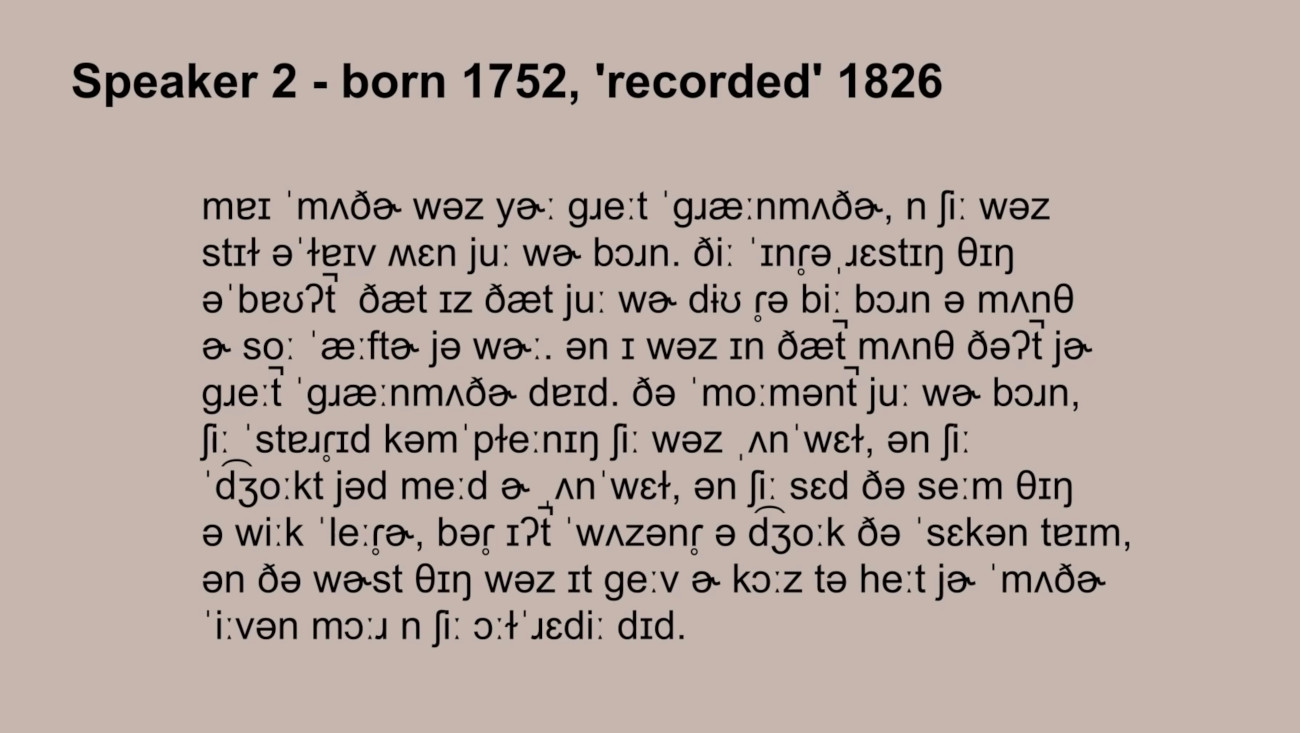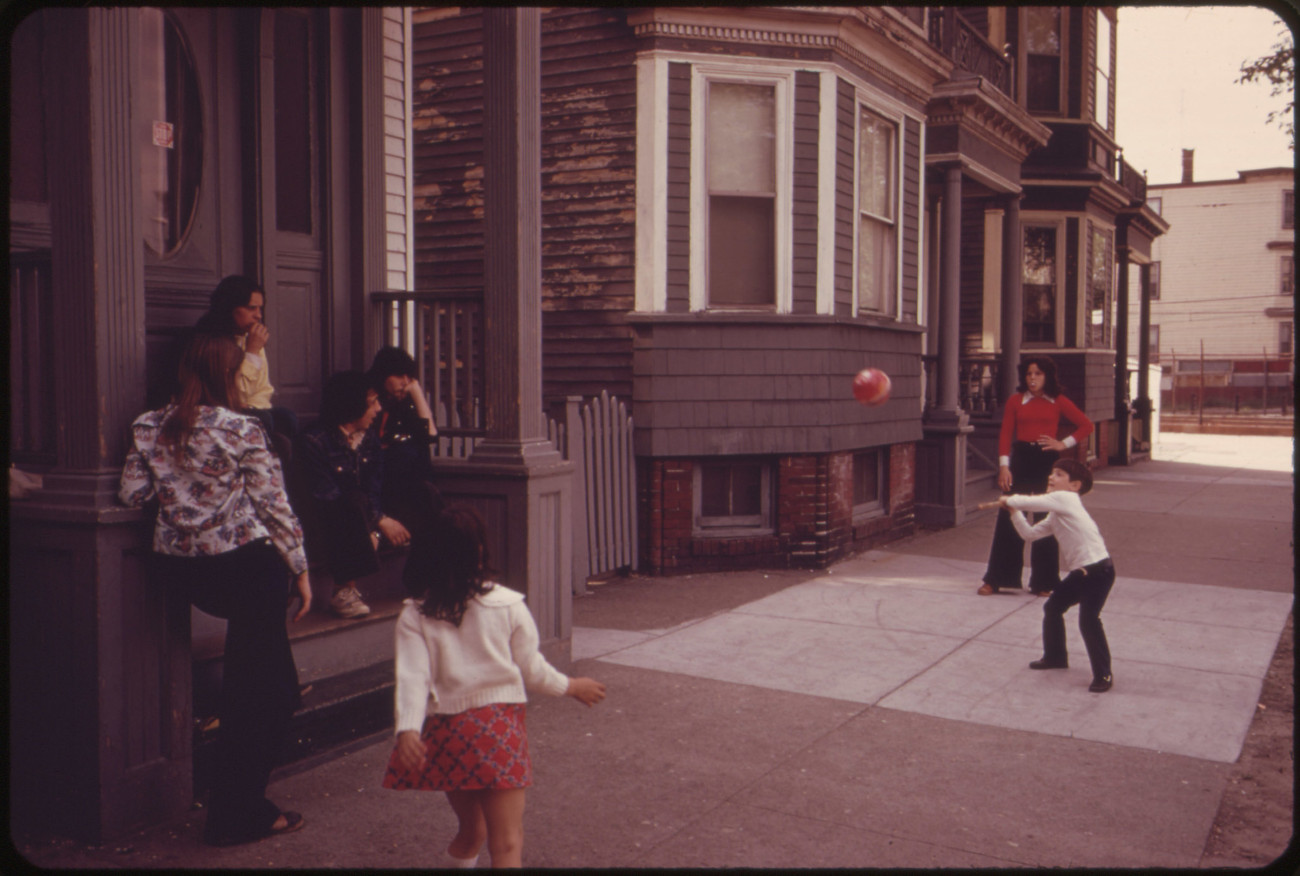Turn on the television, watch any historical drama, and you’ll find it easy to understand. Historical renditions of the past never include how things were spoken. However, when you think of your grandparents or maybe other relatives, they didn’t always speak the standard American English we’re all so familiar with today. And this is just one or two generations back, what about the English spoken in the country’s early days? 18th and 19th-century English seems lost to history, and since there are very slim pickings of audio, it’s hard to know what the past sounded like. That’s until one man decided to combine his findings into modern-day recordings of the very far-off past.

Simon Roper is an British-based YouTuber who combines a talent for performing with his curiosity about the linguistic past. His videos are audio recordings and scripts he’s written in English from the 15th through the 20th centuries. Rather than doing an accent from within England, he branched out and went across the pond to explore the evolution of the American accent. He made scripts of plausible dialogues spoken in the time and performs the accent evolution himself by following the IPA way of pronouncing words.

Throughout the dialogues, you notice the change in vowels and the merger of vowels. Back in the 18th and 19th centuries, many people did a curl-coil merger. What exactly is that? Well, it hasn’t survived in most American English, but you can find it in some New York accents, especially in 19th-century Brooklyn or New Orleans accents where a mix of Italian, Irish, German, and Sephardic or Ashkenazi Jewish people immigrated and then moved across the United States. The curl-coil merger makes the words like heard a sound like “hoid,” girl sounds like “goil,” and certainly as “soitanly.” The oi and the ur (as in nurse) merge for this back-of-the-throat sound.

When he does a mid-19th-century rendition of English, you can still notice notes of British still seeped into the language. The way “cr” in crossing and the way “a” in manage is spoken shows that annunciation took generations of peoples and years of migration to alter.

And while profession and location dictated how people spoke there was a generalized way of speaking “American.” By the time you get to the later half of the 20th-century, American accents have a harder, less rounded sound and are quite similar to how we talk today.
If you want to hear the evolution of the American accent, you can listen to them here.












